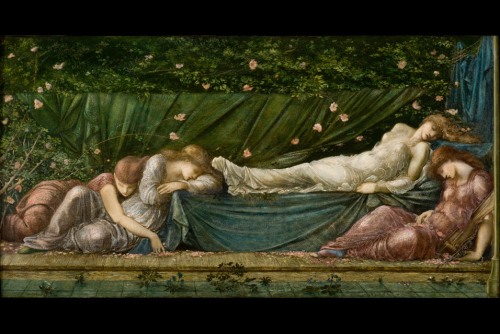Martha Nussbaum’s “Reinventing
the Civil Religion:
Comte, Mill, Tagore”
in the most recent issue of the scholarly journal
Victorian Studies (54.1 [dated Autumn 2011], pp. 7-34) is an
important and fascinating analysis of attempts to form a “humanistic ‘civil
religion’ to counteract the power of egoism and greed” (7) in the nineteenth
century.
Critiquing Auguste Comte (as
did J. S. Mill) for almost comically appropriating concepts of ritual from traditional
religion to inculcate civic virtue, Nussbaum prefers Mill’s
posthumously-published essay, “The Utility of Religion,” which conceded the
need to have some form of communal celebration but evaded Comte’s attempts at
rigid control and shaping of subjectivities.
The most constructive, practicable, and humane conceptualization of a
civic religion, according to Nussbaum, was undertaken by Rabindranath Tagore,
whose
The Religion of Man (1931),
unlike Comte’s “Religion of Humanity,” celebrated artistic creativity, the
importance of the individual, and inclusiveness
(women as well as men, for example).
Commenting on Tagore’s indebtedness to the religious sect of the Bauls
for his conception of civic religion, Nussbaum connects this source to the idea
that “society must preserve at its heart, and continually have access to, a
kind of fresh joy and delight in the world, in nature, and in people,
preferring love and joy to the dead lives of material acquisition that so many
adults end up living, and preferring continual questioning and searching to any
comforting settled answers” (23).
I wonder how many others, like
me, thought of William Morris’s News from
Nowhere and its representation of communal joy, fellowship, and delight in
work and nature in reading Nussbaum’s article.
Indeed, Chp. 18 of News from
Nowhere explicitly takes up the topic of “The Religion of Humanity”:
‘More akin to our way of looking
at life was the spirit of the Middle Ages to whom heaven and the life of the
next world was such a reality, that it became to them a part of the life upon
the earth….now, where is the difficulty in accepting the religion of humanity,
when the men and women who go to make up humanity are free, happy, and
energetic at least, and most commonly beautiful of body also, and surrounded by
beautiful things of their own fashioning, and a nature bettered and not
worsened by contact with mankind?’
Indeed, the last chapter of News from Nowhere involves the “haysel” feast, a communal
celebration held in a medieval church that is “gaily dressed up for this
latter-day festival, with festoons of flowers from arch to arch” (Chp. 32).
Perhaps
other Morriseans will know whether Morris exerted any direct influence on
Tagore; my sole knowledge of a connection is the mention of Morris in 1 or 2
letters from Sir William Rothenstein to Tagore.
In any case I hope that Martha Nussbaum will reconsider Morris’s own
role in creating an important paradigm of civic religion founded in creativity,
inclusion, and social justice.








+Essex+House+Press+catalog.bmp)

.jpg)


